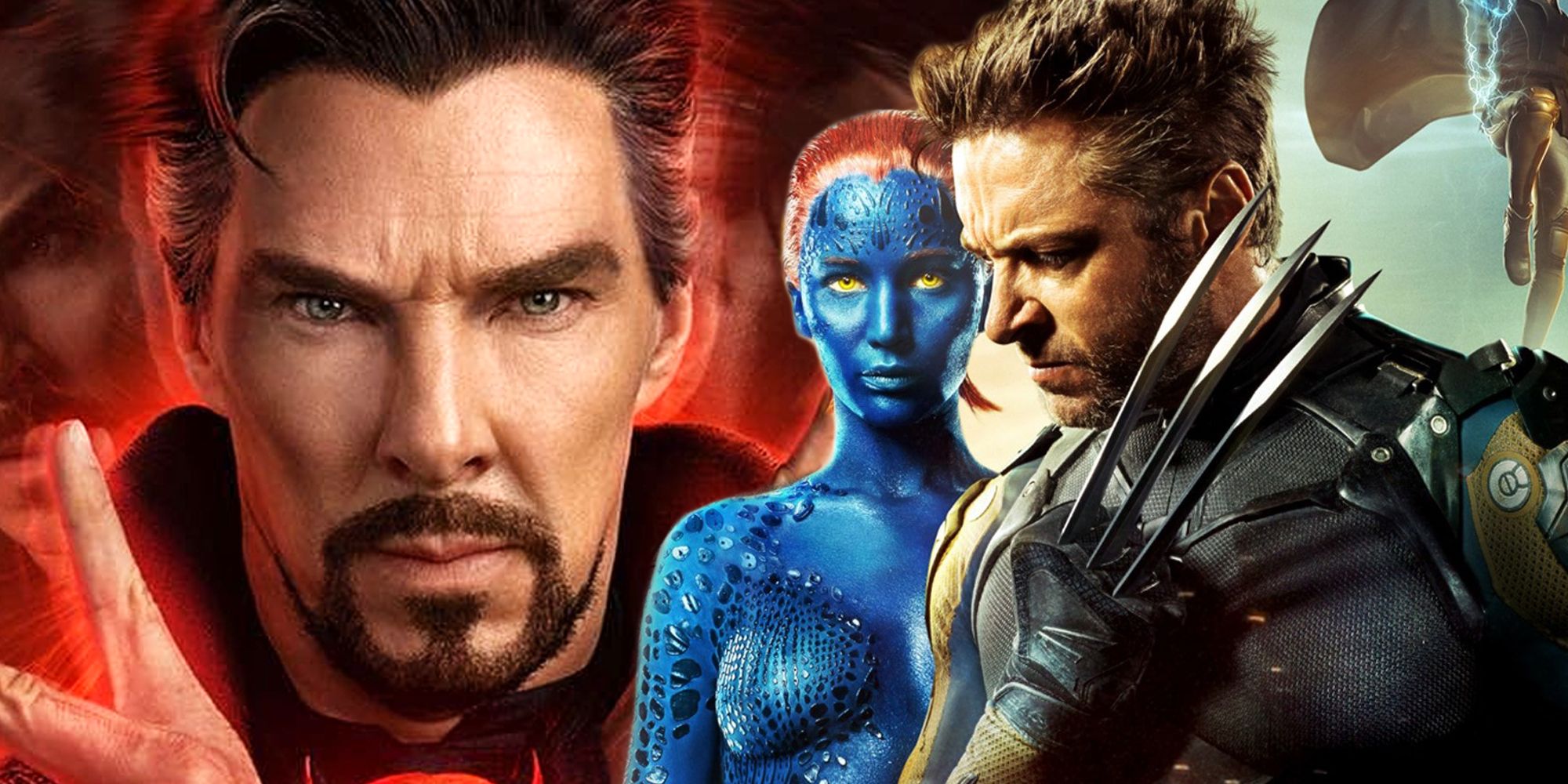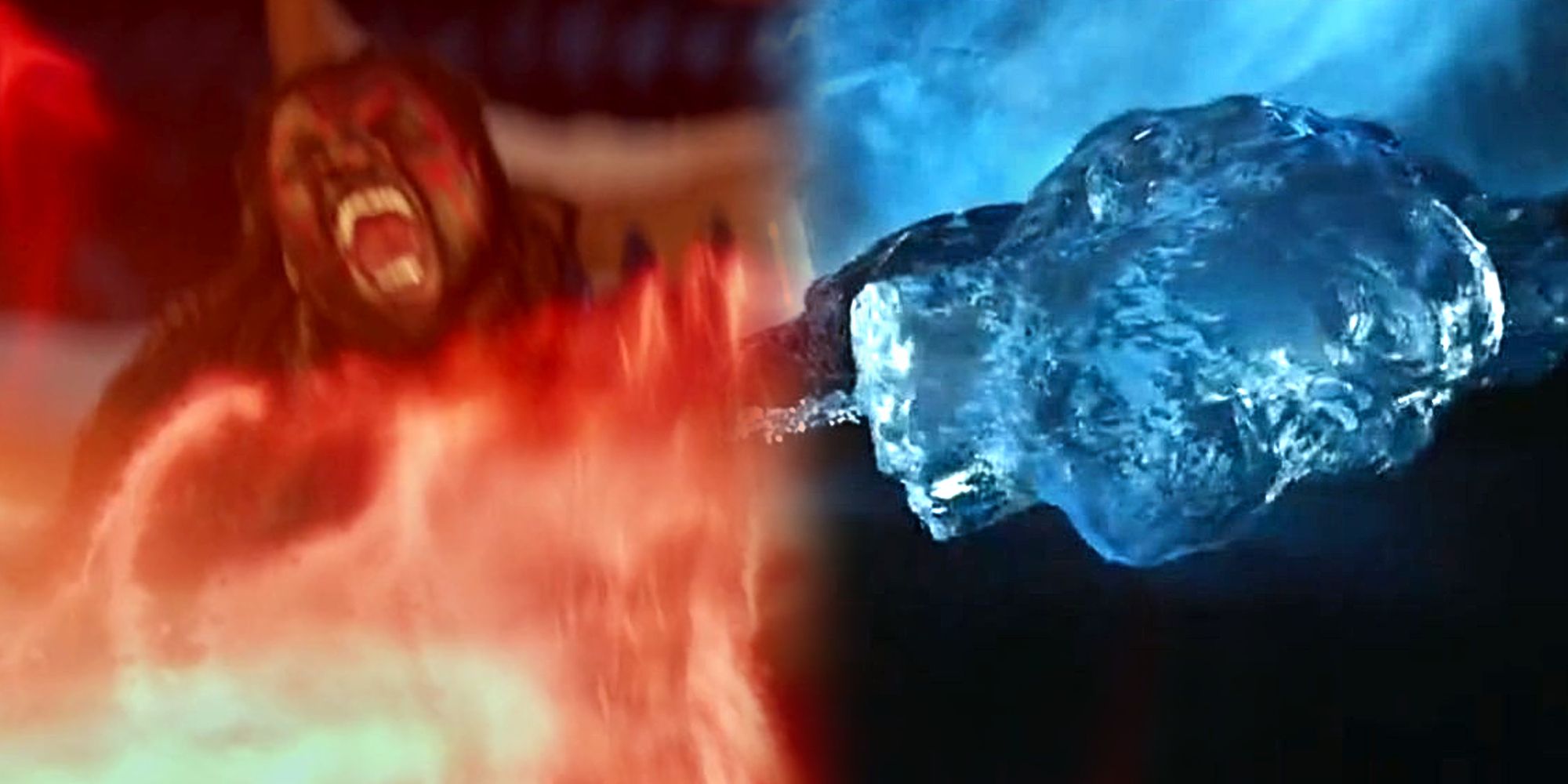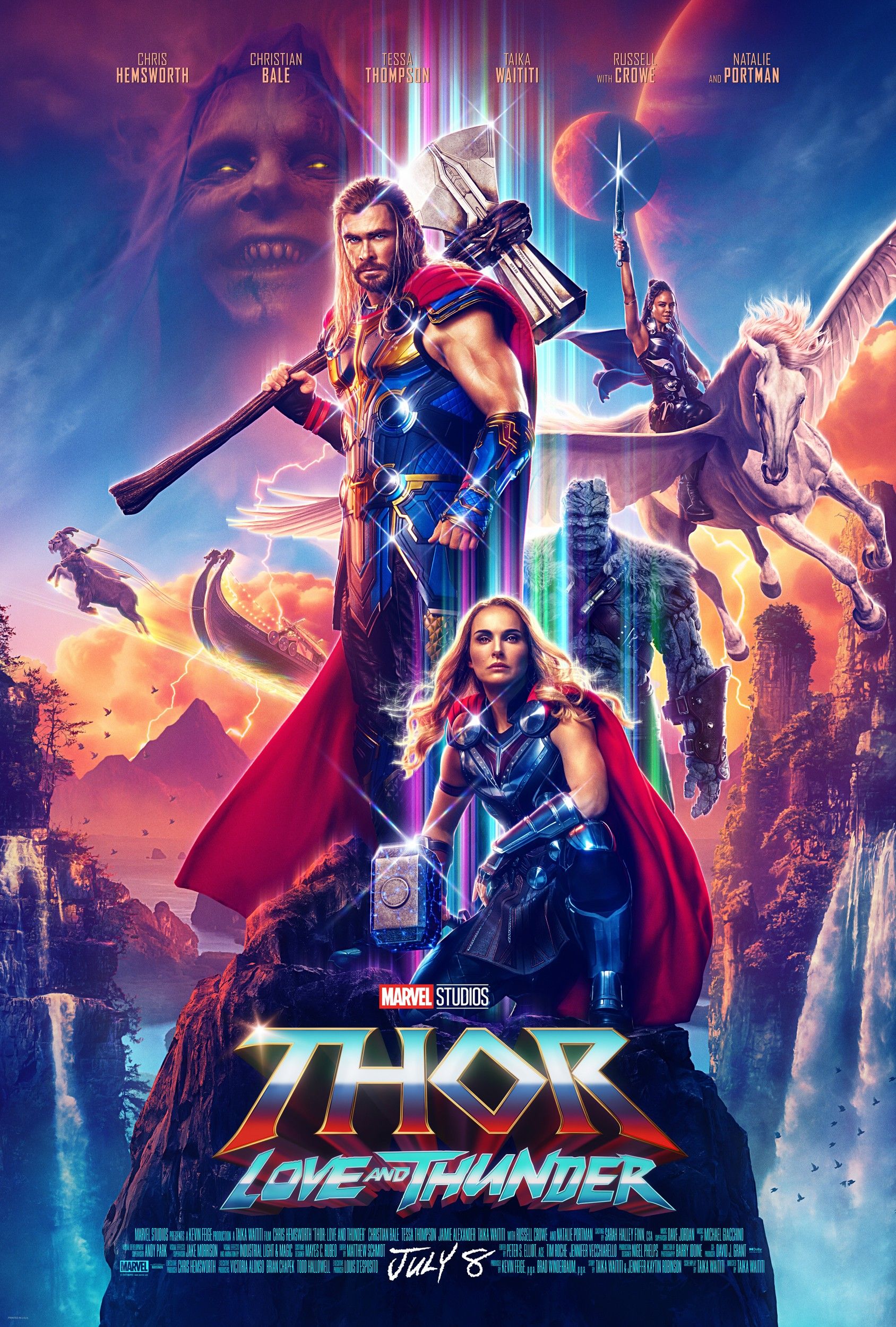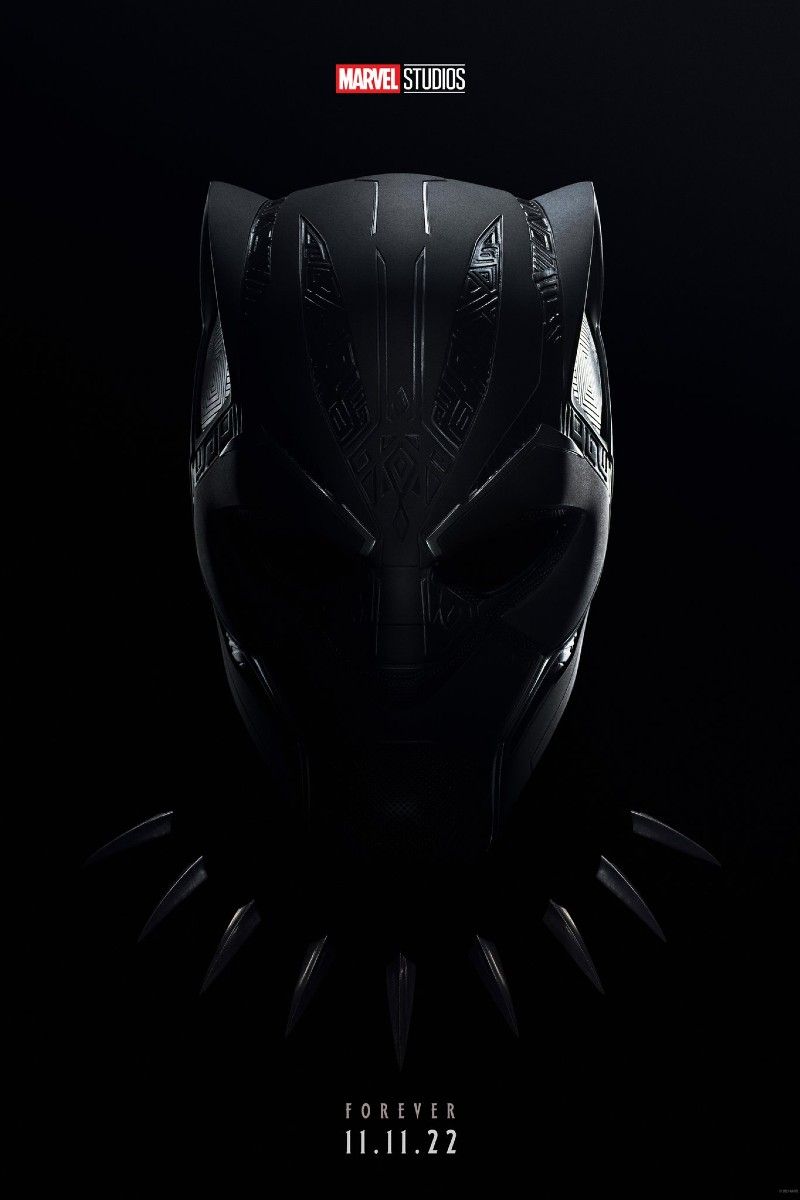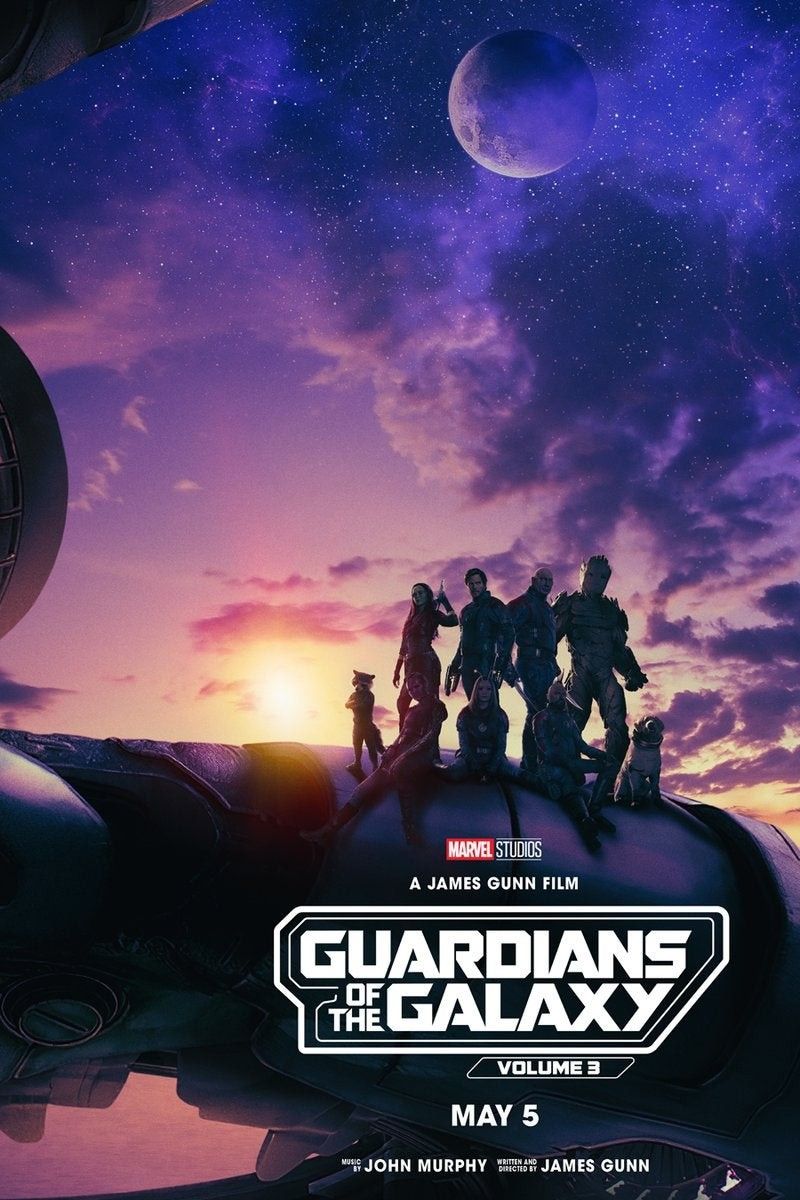Warning: SPOILERS for Doctor Strange in the Multiverse of Madness.
Despite how shocking it was, the scene in Doctor Strange in the Multiverse of Madness where multiple heroes die was already done in a similar manner eight years before in X-Men: Days of Future Past. It's not common for the heroes of a franchise like the MCU to meet a tragic fate unceremoniously. The deaths of heroes like Iron Man and Captain America are set up throughout multiple previous appearances, and they're treated like massive events that change the future of the entire franchise.
Doctor Strange in the Multiverse of Madness needed to prove how villainous Scarlet Witch has become, and the best way to showcase her new lack of morality was to lay victims in her wake. The members of the Illuminati from the Earth-838 universe were the perfect prey, and they suffered some of the most graphic deaths the MCU has ever seen. This is certainly a first in the MCU since its inception, but even before gore-filled titles such as The Boys and Invincible set out to satirize the superhero genre, Fox's X-Men: Days of Future Past came first to slaughter heroes back in 2014.
X-Men: Days of Future Past presented a post-apocalyptic future where the man-made Sentinels have turned the world into a hellscape, with the last remaining Marvel mutants taking a last stand against the robots. While Kitty Pryde sends Wolverine's consciousness back in time to fix the past, the Sentinels massacre the mutants one by one in a gruesome fashion, just like Scarlet Witch does with the Illuminati in Doctor Strange in the Multiverse of Madness. The Sentinels impale Storm and Blink, crush Iceman's decapitated head, rip Colossus in half, and scorch Warpath's face off. Undoubtedly, X-Men: Days of Future Past pushed the limits of its PG-13 rating.
While the gruesome murder of Anson Mount's Black Bolt in Doctor Strange 2 was quite shocking, the Illuminati's deaths lack an important element that X-Men: Days of Future Past did have. In X-Men: Days of Future Past, the post-apocalyptic future is the same timeline that viewers had been following throughout the previous movies. Therefore, the deaths of the heroes felt definitive, and even though Wolverine managed to give the world another chance, the heroes who perished in the future would never be the same. There was an existing connection with characters such as Storm, Iceman, and Colossus. Also unlike the arrogant members of the Illuminati, all mutants in the X-Men's post-apocalyptic timeline died as heroes, including Magneto, who set aside his differences with Professor X and the mutants he used to torment.
In Doctor Strange in the Multiverse of Madness, Professor X repeats his iconic line “Just because someone stumbles and loses their path, doesn't mean they're lost forever.” This line has its origin in X-Men: Days of Future Past, where Xavier says it to his younger self in the midst of the war against the Sentinels, knowing that he could die at any moment. Unfortunately, that sense of impending doom is reduced during Scarlet Witch's arrival, since Xavier and his Doctor Strange 2 Illuminati team displays less wisdom in underestimating Wanda.
Nevertheless, both sequences prove that superheroes are not always on top of their game. Villains like Scarlet Witch and the Sentinels will stop at nothing to achieve their goals, and whoever stands in their path must put a real effort to avoid a brutal death. This kind of graphic violence may not be the usual Marvel fare, but it does feel necessary once in a while to raise the stakes for the heroes. Doctor Strange in the Multiverse of Madness and X-Men: Days of Future Past will certainly not be the last releases in the superhero genre to include this kind of violence.

